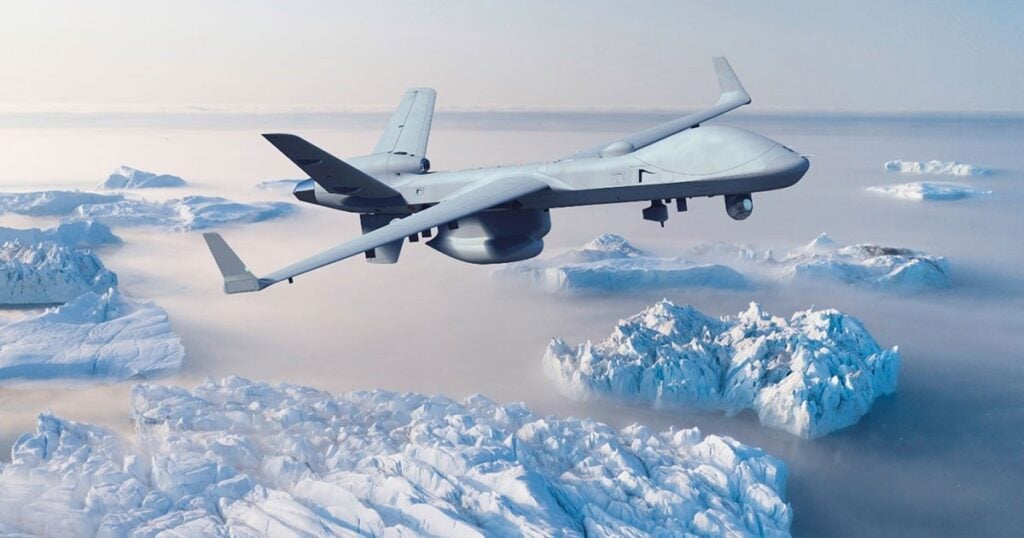The Portuguese Armed Forces (Forças Armadas Portuguesas) are composed of three branches: the Army (Exército), Navy (Marinha), and Air Force (Força Aérea). As of 2021, the combined active-duty personnel across all branches numbered approximately 27,250, supported by a reserve force of about 211,700 individuals. Portugal maintains a professional military force, contributing to both national defense and international peacekeeping missions.
Demographics and Economic Indicators
Portugal has a population of approximately 10.3 million people and covers a land area of 92,090 square kilometers. In 2022, the defense budget was reported at $3.5 billion USD, accounting for about 1.35% of the nation’s Gross Domestic Product (GDP). This reflects Portugal’s commitment to maintaining its defense capabilities while balancing economic considerations.
Portuguese Army (Exército)
Size and Structure
The Portuguese Army comprises approximately 14,000 active-duty personnel.
It is organized into several brigades and regiments, including mechanized, infantry, and artillery units, designed to provide flexibility and rapid response capabilities within both national and NATO contexts.
Equipment and Modernization
The Army’s inventory includes:
- Main Battle Tanks: Leopard 2A6 tanks, providing advanced armored capabilities.
- Armored Vehicles: Pandur II 8×8 armored personnel carriers, enhancing troop mobility and protection.
- Artillery: M114 155mm towed howitzers, with plans to acquire self-propelled artillery systems to replace older models.
- Air Defense Systems: The Army has initiated procurement of new anti-aircraft defense systems, including eight weapon terminals, two local warning radars, and eight light missile systems integrated into armored vehicles.
Portuguese Navy (Marinha)
Fleet Composition
The Portuguese Navy operates a diverse fleet, including:
- Submarines: Two Tridente-class (Type 214) diesel-electric submarines equipped with air-independent propulsion, enhancing underwater endurance and stealth capabilities.
- Frigates: Vasco da Gama-class frigates, providing multi-role capabilities for air defense, anti-submarine warfare, and surface combat.
- Corvettes: João Coutinho and Baptista de Andrade-class corvettes, utilized for coastal patrol and escort missions.
- Patrol Vessels: Viana do Castelo-class offshore patrol vessels, designed for maritime security, search and rescue, and fisheries protection.
Modernization Efforts
The Navy is focusing on enhancing its operational capabilities through:
- Fleet Renewal: Plans to acquire new surface vessels to replace aging corvettes and support ships, aiming to improve maritime patrol and surveillance capabilities.
- Naval Aviation: Operating Super Lynx Mk95 helicopters for anti-submarine and anti-surface warfare, with upgrades to avionics and sensors to extend service life.
Portuguese Air Force (Força Aérea)
Aircraft Inventory
The Air Force’s fleet includes:
- Fighter Aircraft: F-16AM/BM Fighting Falcon multirole fighters, providing air defense and ground attack capabilities.
- Transport Aircraft: C-130H Hercules and C-295M aircraft for tactical airlift operations, supporting both military and humanitarian missions.
- Maritime Patrol Aircraft: P-3C Orion, utilized for maritime surveillance, anti-submarine warfare, and search and rescue operations.
- Training Aircraft: Alpha Jet and Epsilon TB-30 aircraft for pilot training and light attack roles.
Defense Modernization Initiatives
Portugal is actively pursuing several initiatives to strengthen its military capabilities:
- Increased Defense Spending: While maintaining a defense budget around 1.35% of GDP, efforts are underway to optimize resource allocation for modernization programs.
- Procurement Programs: Acquisition of new equipment across all branches, including armored vehicles, naval vessels, and advanced aircraft, to replace outdated systems and enhance operational readiness.
- International Collaboration: Participation in joint exercises and missions with NATO allies and European Union partners, reinforcing interoperability and collective security commitments.




















